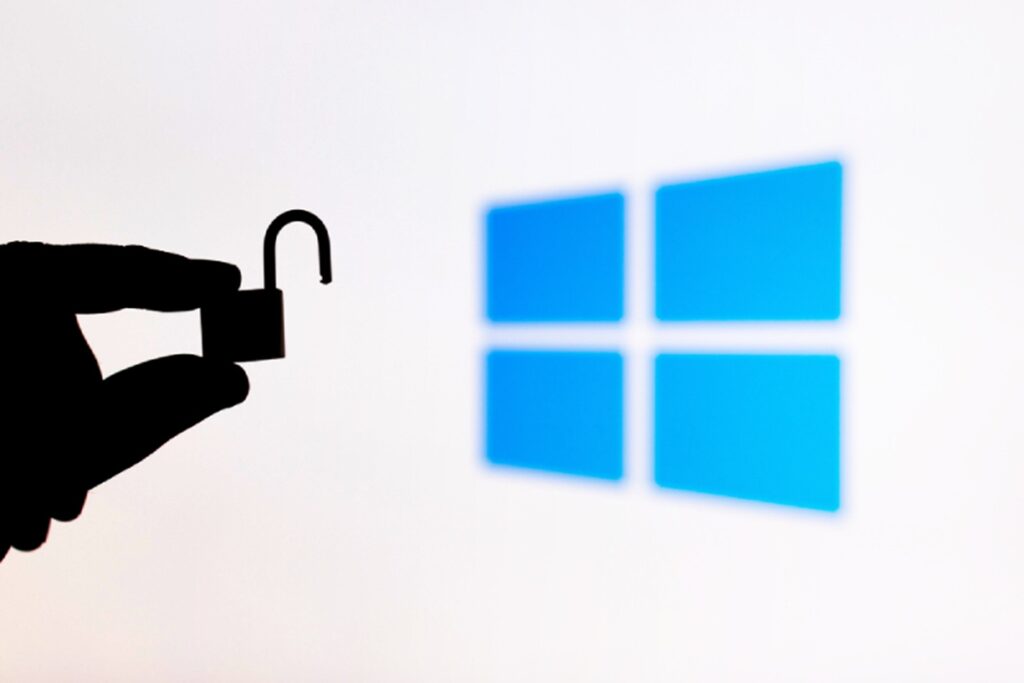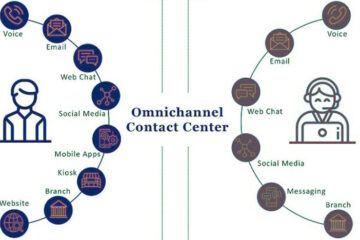Antivirus Protection for a Windows Server: Here’s What You Need to Know
In recent years, Microsoft introduced a long list of improvements to the Windows Server operating system. Compared to the previous editions, it’s a lot more secure and harder to “crack” by cybercriminals. With that said, you’ll still need proper antivirus protection if you want your data to be safeguarded from outside threats. So, how do you find the perfect solution when the market is full of “best of the best” products?
You can always check reviews within platforms and brands like antivirus-review.com/intego-review and choose by considering all the pros and cons. What we offer, however, is to talk in detail about the key factors that can make it or break it for any antivirus solution. That will give you confidence and help to make educated decisions regarding security tools. Let’s get right to it!
Server Security: The Most Important Features
Protection against Zero-Day Attacks
No matter how advanced and effective any antivirus solution is, it won’t be nearly as effective as you need it to be if it can’t eliminate zero-day attacks. This term is used to describe new, emerging malicious codes that aren’t yet included in any databases. Now, the biggest threat of these types of attacks is unpredictability. As soon as hackers find vulnerabilities in the system, they immediately create new malware and hit that same day.
Sandboxing Tools
In simple terms, a sandbox is a safe environment where you can test-run potentially dangerous/infected files. A sandbox is 100% secure, and you won’t have to worry about any of the malicious files “breaking out” and damaging the system. On top of that, sandboxing modules scan all downloaded/installed apps and automatically limit their capabilities and access whenever suspicious behavior is detected.
By running these files/apps under a long list of restrictions, they allow the system to operate smoothly, with no interruptions. We also recommend getting an antivirus solution that features a Virtual Desktop. In some ways, it is similar to the sandboxing concept but is mostly used for beta-testing new software or updates. Again, this can all be done without harming the file structure and stopping the server(s).
Pre-Boot Security
Modules like Rescue Disc work on a pre-boot level, allowing them to be much more effective against complex attacks. Pre-boot antivirus scans can (and usually do) reveal malicious code that otherwise would’ve been missed. Detection of rootkits and restoration of passwords is also a part of the deal. Arguably, the most crucial feature of pre-boot security tools is the ability to copy and transfer.
This can be used both when your system is under attack and when one of the drives is damaged and can’t be fixed. By moving sensitive data to another drive, you can save yourself from a big headache.
Protection against PDoS Attacks
The most advanced and dangerous types of attacks target the hardware instead of the software. And PDoS attacks are one of the most commonly-used strikes against servers. By blocking access to the system, criminals can extort money. However, mostly, PDoS aim at big corporations and governments to slow down progress, create diversions, and wreak havoc in “enemy lines.” The right antivirus solution should include protection against these types of threats.
Anti-Ransomware Module
For businesses and enterprises, ransomware attacks are arguably the most significant threat. First of all, they are tough to detect and to eliminate before they cause damage. Secondly, ransomware can render any server unusable by blocking access to vital corporate data. They encrypt the most important files and apps and demand a ransom for the decryption key.
However, one can never be sure that the criminals will, indeed, give back control over the system and the data. Plus, since most of them only accept Bitcoins, it will be tough for the police to track the source and bring the attackers to justice. Just like PDoS attacks, ransomware is often implemented against governments as well.
Low System Impact
Last but not least, look for an antivirus product with a low system impact. Some solutions can be quite demanding and tend to slow down the system. Quick startup, fast yet thorough scans, and modest system requirements are all essential. While some servers run on state-of-the-art hardware, others rely on average-at-best computers and won’t be able to handle resource-heavy antivirus software.
About the Author: Tamara Black
 I am a technician specialist with a deep background in digital marketing. So my mission is to dive into these schemes and explain which security software solution is truly bright, and which is just the result of marketing campaigns.
I am a technician specialist with a deep background in digital marketing. So my mission is to dive into these schemes and explain which security software solution is truly bright, and which is just the result of marketing campaigns.




4 Comments
VSV · September 12, 2022 at 4:43 am
I really liked your site. Thanks for the information on server AV’s.
404 Not Found · February 8, 2021 at 4:46 am
[…] This kind of cesm agent will check out the documents, folders, webpages and good your computer Antivirus for a Windows Server for regarded malicious computer codes. It gets rid of them and display the scanned outcomes on your […]
Anti-virus On Hosts, Yay Or perhaps Nay? | El robo del bronce · November 18, 2020 at 10:39 am
[…] signature database. If perhaps both is usually outdated or perhaps if this technique doesn’t Anti-Ransomware reply, the PC is up to date. In case the PC does not respond accurately or acknowledge the malware […]
Anti-virus On Hosting space, Yay Or Nay? | Revenez-Y · November 18, 2020 at 5:32 am
[…] when you’re contemplating a free web server antivirus, opt for trusted options, Anti-Ransomware or obtain a free sample of revealed suppliers giving you a chance to check out the features earlier […]